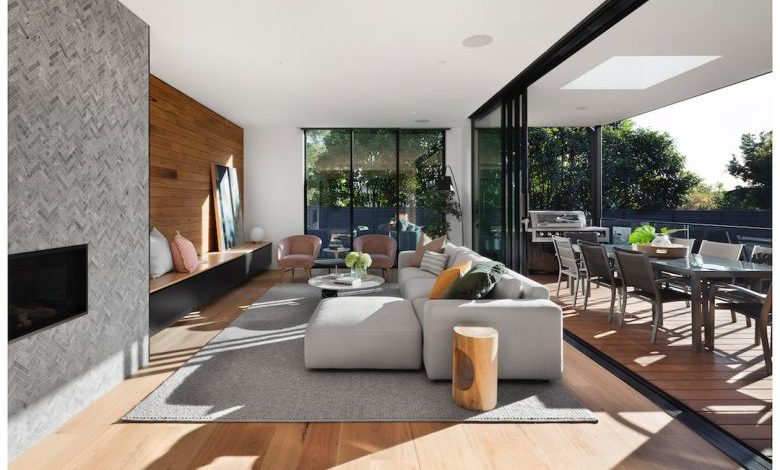How to Incorporate Sustainability into Home Design?

Sustainability has become a buzzword in recent years, as more and more people are recognizing the need to protect our planet and live more eco-friendly lifestyles. One area where sustainability can make a big impact is in home design. By incorporating sustainable practices and materials into our homes, we can not only reduce our carbon footprint but also create healthier and more comfortable living spaces. If you’re looking to make your home more sustainable, here are some tips to get you started.
Maximize Natural Light
One of the easiest ways to incorporate sustainability into home design is by maximizing the use of natural light. Not only does natural light reduce the need for artificial lighting, but it also has numerous health benefits. Exposure to natural light has been shown to improve mood, increase productivity, and regulate sleep patterns.
To maximize natural light in your home, consider using skylights, large windows, and glass doors. Additionally, avoid blocking windows with heavy curtains or furniture. Instead, opt for sheer curtains or blinds that allow natural light to filter through.
Choose Energy-Efficient Appliances
Another important aspect of sustainable home design is the use of energy-efficient appliances. Appliances such as refrigerators, dishwashers, washing machines, and air conditioners can consume a significant amount of energy. By choosing energy-efficient models, you can significantly reduce your energy consumption and lower your utility bills.
When shopping for appliances, look for the Energy Star label, which indicates that the product meets strict energy efficiency guidelines. Additionally, consider investing in smart home technology that allows you to monitor and control your appliances remotely, further reducing energy waste.
Use Sustainable Building Materials
When it comes to home construction or renovation, choosing sustainable building materials is key. Traditional building materials such as concrete, steel, and brick can have a significant environmental impact due to their extraction, production, and transportation processes. Instead, consider using materials such as bamboo, reclaimed wood, recycled metal, or natural stone.
These materials are not only more sustainable but also offer unique aesthetic qualities that can enhance the overall design of your home. Additionally, using sustainable materials can improve indoor air quality, as they often contain fewer toxic chemicals than their conventional counterparts.
Install Water-Saving Fixtures
Water scarcity is a growing concern worldwide, making water conservation an essential part of sustainable home design. By installing water-saving fixtures, you can significantly reduce your water consumption and contribute to the conservation of this precious resource.
Consider installing low-flow showerheads, faucets, and toilets, which use less water without sacrificing performance. Additionally, collect rainwater for outdoor use, such as watering plants or cleaning your car. This not only reduces your reliance on municipal water sources but also allows you to take advantage of a free and abundant natural resource.
Create a Sustainable Landscape
A sustainable home design goes beyond the walls of your house and extends to your outdoor space as well. Creating a sustainable landscape can not only enhance the beauty of your property but also provide numerous environmental benefits.
When designing your landscape, opt for native plants that are adapted to the local climate and require less water and maintenance. Incorporate permeable surfaces such as gravel or permeable pavers to reduce stormwater runoff and promote groundwater recharge. Additionally, consider installing a rain garden or a green roof to further manage stormwater and provide habitat for wildlife.
Incorporating sustainability into home design is not only beneficial for the environment but also for your well-being. By maximizing natural light, choosing energy-efficient appliances, using sustainable building materials, installing water-saving fixtures, and creating a sustainable landscape, you can create a home that is not only eco-friendly but also comfortable and healthy. So, whether you’re building a new home or renovating an existing one, consider these tips to make your home a sustainable sanctuary for you and future generations.




